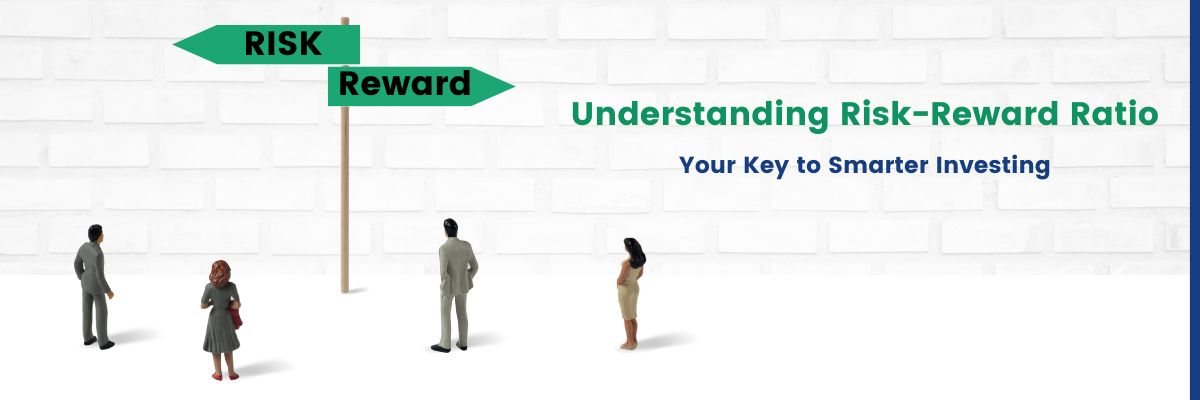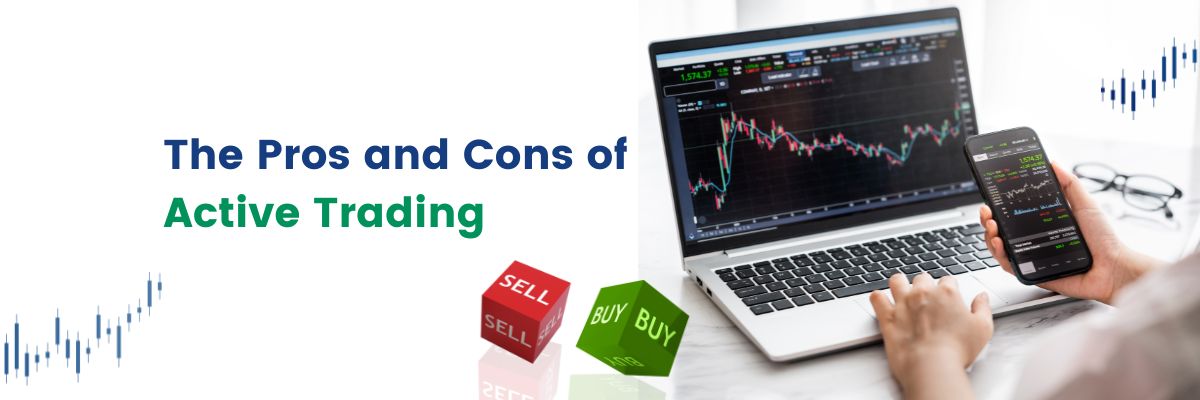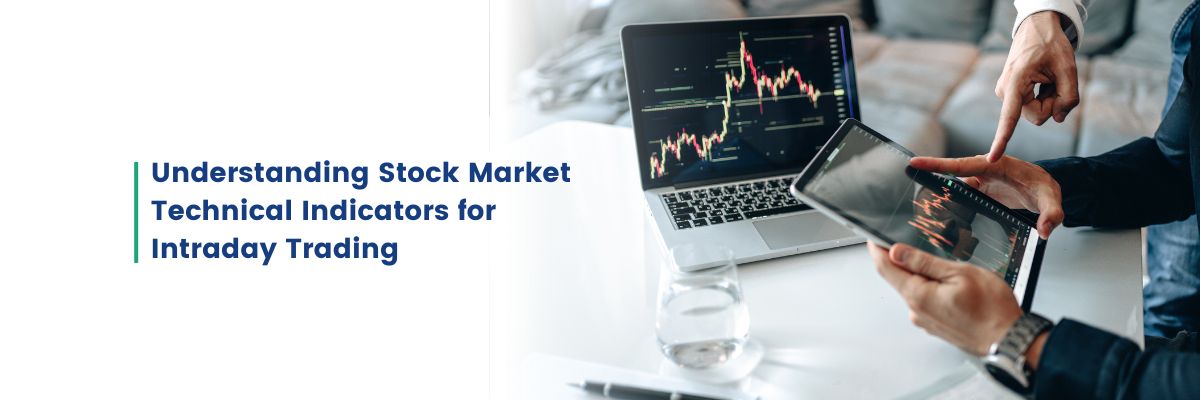In the world of investing, the pursuit of high returns often goes hand in hand with taking on greater risks. But what if there was a way to assess and manage these risks more effectively? Enter the concept of the risk reward ratio calculator, a powerful tool that can empower investors to make more informed decisions and navigate the intricate landscape of financial markets. In this blog, we'll delve into the intricacies of the risk-reward ratio, explore its significance across different trading segments, and learn how to calculate it to enhance your investing prowess.
What is the Risk Reward Ratio?
At its core, the risk reward ratio is a fundamental concept that quantifies the potential profit of an investment relative to the potential loss. In other words, it's a way to evaluate whether the potential reward of an investment justifies the associated risk. Expressed as a ratio, it helps investors assess whether an investment opportunity is worth pursuing based on their risk tolerance and return objectives.
The 1.5 Risk-Reward Ratio: Balancing Risk and Reward
A commonly cited benchmark in trading is the 1.5 risk-reward ratio. This ratio suggests that for every unit of risk taken (usually measured as a percentage or dollar amount), an investor should aim for a potential reward that is one and a half times greater. This approach aims to strike a balance between capturing meaningful gains while still allowing for a margin of safety against potential losses.
Importance of Risk-Reward Ratio in the Stock Market
In the world of stocks, where volatility is a constant companion, the risk-reward ratio takes on significant importance. Successful stock investors understand that not every trade will result in a win, but by maintaining a favorable risk-reward ratio, they can ensure that their winning trades outweigh their losing ones, ultimately leading to profitability over the long term.
Utilizing Risk-Reward Ratio While Trading Stocks
When considering a stock trade, savvy investors assess the potential reward in relation to the risk. For instance, if you're considering investing in a tech company, you might analyze the potential price target versus the level at which you'd cut your losses. By maintaining a risk-reward ratio that aligns with your strategy, you can avoid letting emotions drive your decisions and maintain discipline in your trading.
Applying Risk-Reward Ratio to Trading Futures and Options
Futures and options trading introduce additional complexities due to leverage and expiration dates. In these markets, the risk reward ratio becomes even more crucial, as the potential for both significant gains and losses is amplified. By carefully selecting entry and exit points while considering the risk-reward ratio, traders can mitigate the impact of volatility and increase their chances of success.
Leveraging Risk Reward Ratio in Forex Trading
The foreign exchange (forex) market, characterized by its high liquidity and 24/5 trading, offers unique opportunities for investors. As currency pairs fluctuate rapidly, the risk-reward ratio helps traders gauge potential profits against potential losses. Effective risk management through a well-defined ratio can be the difference between a successful forex trader and one who struggles to stay afloat.
Calculating the Risk Reward Ratio: A Formula for Success
The risk reward ratio formula is simple:
Here, the potential reward is the profit target you aim to achieve, and the potential risk is the amount you are willing to lose if the trade goes against you. By plugging in these values, you can determine whether the trade aligns with your risk-reward preferences.
For a clearer understanding, let's consider an example. Imagine a trader who buys stocks at a price of 100. They set a stop loss at 80, indicating the point at which they are willing to exit the trade to limit their potential losses. However, the trader also anticipates that the stock price will climb significantly, potentially reaching 140. In this scenario, the trader's risk-reward ratio can be calculated as follows:
This result signifies that for every Rs 1 of risk taken on the trade, the trader is aiming for a potential reward of Rs 2. Essentially, the trader's expected reward is twice the amount they are willing to risk, indicating a favorable risk reward ratio trading. In trading, the higher the risk-reward ratio, the more attractive the trade is from a risk management perspective.
By analyzing the risk-reward ratio in this manner, traders can make informed decisions about whether a particular trade aligns with their risk tolerance and profit objectives. It's a critical tool that enables traders to maintain a disciplined approach to investing and avoid undue emotional influence on their decisions.
Choosing the Right Risk-Reward Ratio for Your Investments
The optimal risk-reward ratio isn't a one-size-fits-all concept; it varies based on your risk tolerance, trading style, and the specific market you're operating in. More conservative investors might lean towards a higher ratio, while aggressive traders might be comfortable with a lower ratio in pursuit of higher gains. It's essential to find a balance that resonates with your financial goals and comfort level.
Concluding Thoughts
In the intricate world of investing, understanding and implementing the risk-reward ratio can significantly enhance your decision-making and trading success. By quantifying potential risks and rewards, you can make informed choices that align with your overall strategy. Remember that while the risk-reward ratio is a valuable tool, it's just one piece of the puzzle. Combine it with thorough research, market analysis, and a sound investment plan for a comprehensive approach to navigating the financial markets.
By incorporating the risk-reward ratio into your investing arsenal, you're equipping yourself with a powerful tool that can help you make more calculated and strategic decisions. So, whether you're trading stocks, exploring futures and options, or delving into the forex market, remember that understanding the risk-reward ratio can be your key to smarter investing. And as you embark on this journey, don't forget to explore the benefits by opening a Demat cum Trading Account with us and enhancing your opportunities by downloading GEPL Pro Markets, our mobile trading app and seize the future of investing today!
Before investing, don't forget to read the disclaimer—it's a small step that can save you from big surprises!






.jpg)

